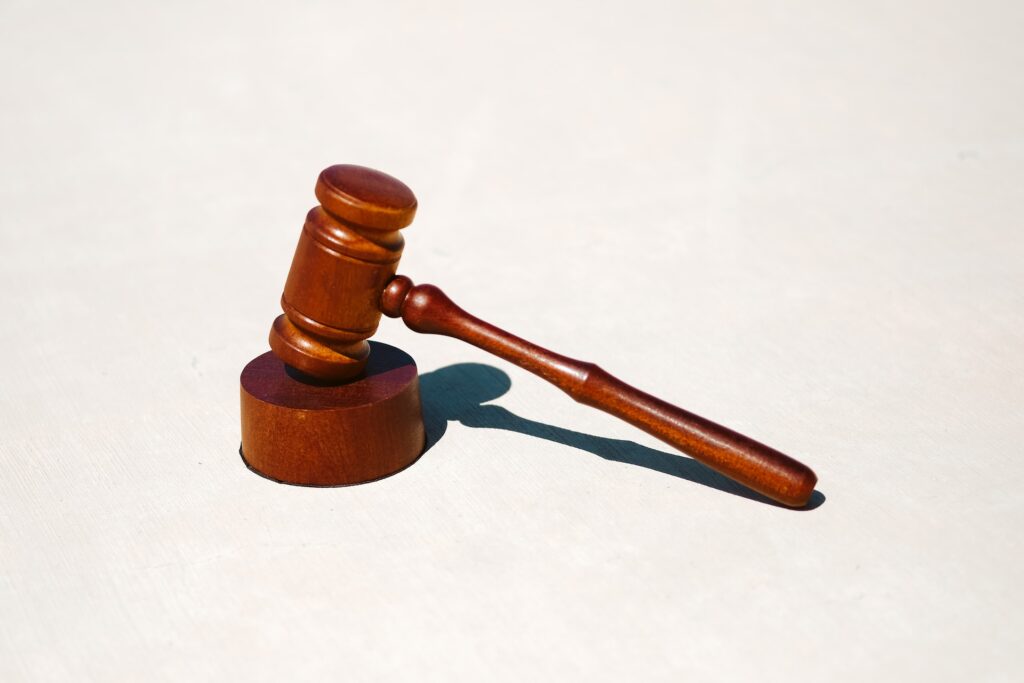Corporate lien. They’re words that can sound scary to a business owner, especially if you find out you have one by surprise. Daunting as it might sound, this situation happens all the time. By getting some background information on liens and how you can remove a lien from your business, you’ll be well on your way to putting this behind you and getting back to growing your business.
What’s a corporate lien?
Much like a personal lien, a corporate lien is a legal claim to your business’ assets filed by a creditor. Sometimes a business agrees to have a lien in order to borrow money. For example, if you take out a loan to buy specialized equipment, it’s not uncommon to agree to a lien allowing the lending institution to repossess the equipment if you don’t repay the business debt. In other cases, another business may place a lien on your business for a bill they haven’t been able to collect. Or government institutions can place a tax lien on your business if you owe back taxes.
When you have a lien on your company, you can’t buy or sell any of the assets that the lien holder is claiming.
How do liens work?
A lienholder has legal rights to the company’s property as well as authority to seize the property and use the proceeds to pay off the debt. But they have to go through a process first:
- Proof of debt. The potential lienholder has to come up with proof that a business owes them money. Invoices, receipts for materials, and hourly billing statements that went unpaid are all ways a company could prove debt.
- Go to court. The entity placing the lien has to go to court and show their proof of debt to obtain a judgement directing the debtor to pay what is owed. The business can then explain why the debt is not owed. If the court decides the debt is valid, they will issue a judgement.
- Enter judgement & claim property. The lender identifies assets of the business like real estate, equipment, and vehicles. Then they notify government agencies associated with the sale of the assets (like the county clerk in regards to real estate, the DMV in the case of vehicles) and include a copy of the judgement. This places the lien on the property so that the assets are no longer transferable.
- Sell assets to cover debt. The lender can then seize the assets and sell them to cover the debt. If the sale of the assets doesn’t cover the debt, they can place liens on more of the business’ property.
Government agencies follow a similar process for collecting back taxes owed. The CRA/IRS has “super priority” over other debtors, automatically having the first claim to property if taxes are owed.
How do I remove a lien from my business?
There are several reasons to remove a lien as soon as possible aside from the obvious need to pay off debt and avoid having business property seized. Even if a business has a consensual lien, some lenders won’t do business with them. Sometimes they will if they can get into first lien position. (Position refers to the fact that liens are honored in the order that they have been filed. If a lender has first position, they will get paid first.) Additionally, tax liens can affect your business’ credit score. And of course, you can’t sell any property that has a lien attached to it.
So how do you remove a lien? There are a few actions you can take.
First, check for liens with your local county/state clerk, either by calling or using online tools. If you find a lien you weren’t aware of, call the organization who filed the lien to get more information about it. If you think it’s not legal, you can ask them to correct it with evidence of payment or take them to court if necessary.
If you have a federal tax lien, have your accountant or CPA contact the CRA or IRS to set up a payment plan or delay collection until you can get on a payment plan. (You can also enter a payment plan when you realize you can’t file or pay the full tax amount owed to avoid a tax lien altogether.)
Finally, the simplest way to handle a lien is to pay it off in full. If that’s not possible, contact the debtor to see if you can negotiate for a smaller lump sum or a payment plan in exchange for removing the lien from your business.
Download: The Ultimate Invoice Factoring Guide Ebook. 47 Questions Answered. (Access here).
Invoice Funding for Clients With Liens
If you have a lien on your business, we still might be able to fund your invoices. If you’re not ready to create an account, head over to our contact page and give us a call or chat with us online about your situation.
Finding out you have a lien on your business is a stressful experience. But, by getting informed about the lien, working with professionals as necessary, and taking action, you can get the lien removed from your business and prevent additional liens in the future.
Ready to factor an invoice?
Get started by creating a free FundThrough account, or connecting your QuickBooks, OpenInvoice, or WorkBench account to start funding an invoice.
